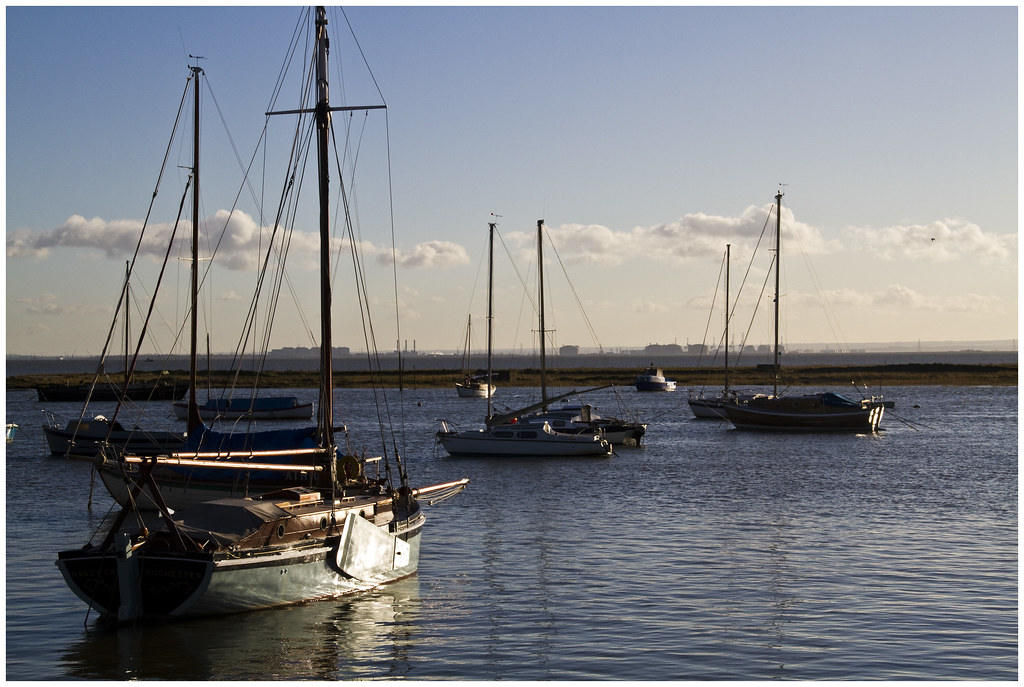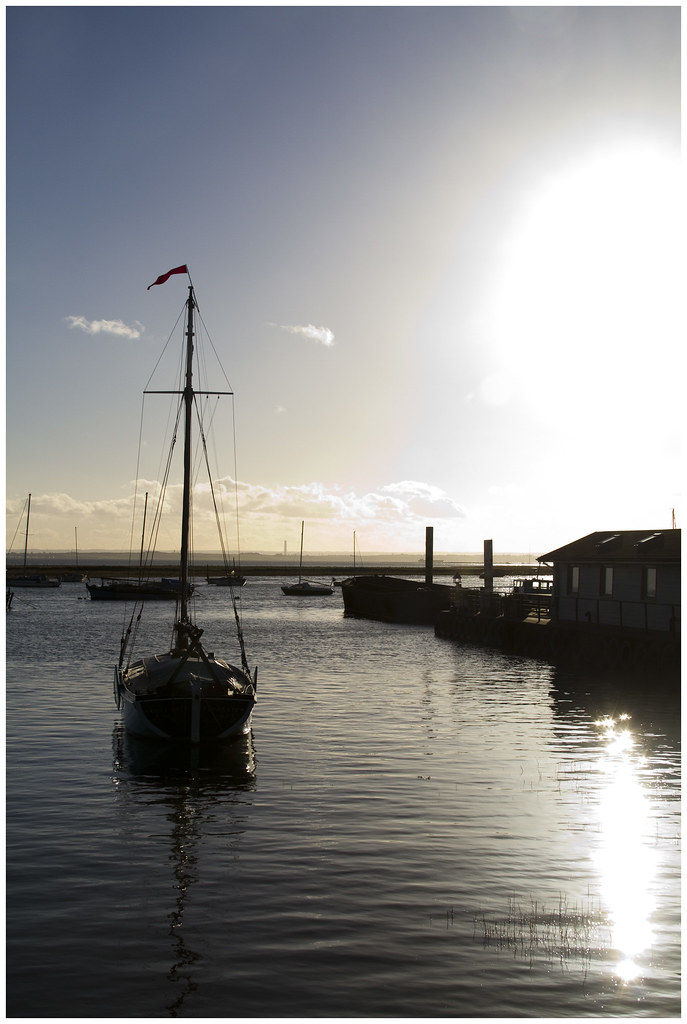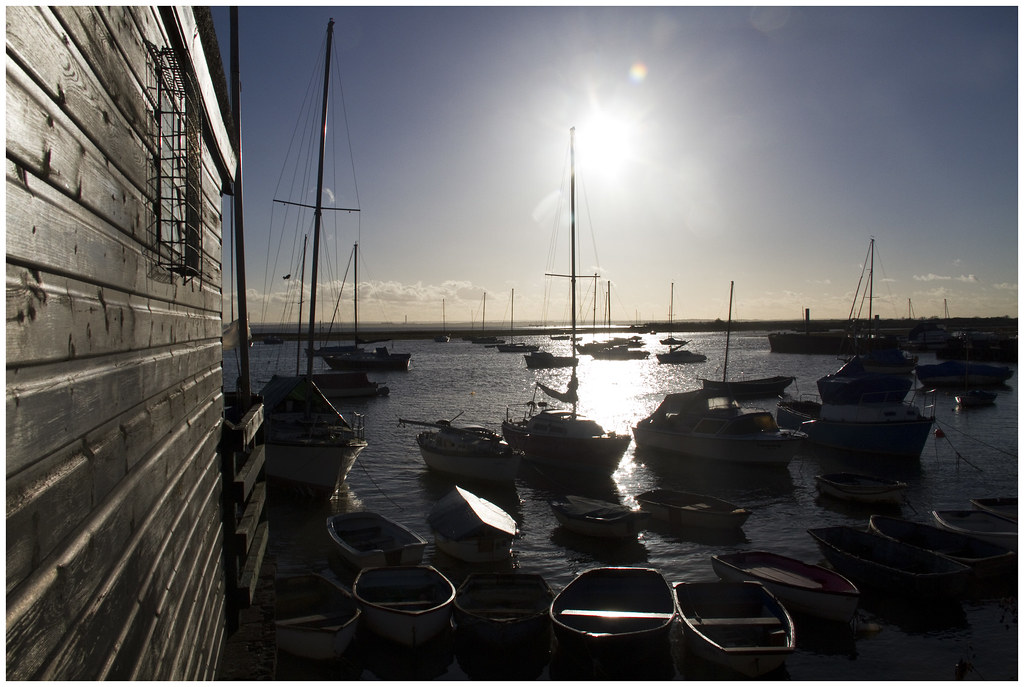Over 600 passengers died in the accident. Many were trapped within the wreck and drowned: piles of bodies were found around the exits of the saloon when the wreck was raised. Another factor that contributed to the death count was that the one hour before the disaster 75 million imperial gallons of raw sewage from sewer outfalls at Barking and Crossness had been released into the river.
Monday, February 11, 2013
The Thames Estuary
The River Thames is the longest river entirely in England, stretching 215 miles (346 km). It has always been important as an economic resource, a water highway, a boundary, a fresh water source; a source of food and more recently a leisure facility. But it has not always been a pleasent river to be near. In 1957 the National History Museum declared the River Thames as biologically dead. How bad was it?
On September 3, 1878, The Princess Alice, a passenger paddle steamer set off on the "Moonlight Trip" from Swan Pier near London Bridge to Gravesend and Sheerness. At around 7.40pm, as the steamer was approaching the North Woolwich Pier, the half way point in its journey and where many passengers were to disembark, she collided with the Newcastle bound vessel SS Bywell Castle and split into two.
Over 600 passengers died in the accident. Many were trapped within the wreck and drowned: piles of bodies were found around the exits of the saloon when the wreck was raised. Another factor that contributed to the death count was that the one hour before the disaster 75 million imperial gallons of raw sewage from sewer outfalls at Barking and Crossness had been released into the river.
In the summer of 1858, the city of London came to a standstill because of the stench that radiated from the surface of the River Thames. The particular summer, London was feeling the affects of an oppressive heat wave and as a result, all the sewage in the Thames began to ferment in the scorching sun. The result was a smell as offensive and disgusting as can ever be imagined. It spawned accounts such as the following: there were “stories flying of men struck down with the stench, and of all kinds of fatal diseases, up-springing on the river’s banks.”
By the 1950s the Thames was in an even worse state. A 12-mile stretch of river was completely devoid of oxygen. The production of hydrogen sulphide gave off the smell of rotten eggs. The problem was further aggravated by fluctuating tides as it could take up to 80 days for water to be flushed out to the sea in periods of low rainfall.
After years of conservation efforts, the Thames is again home to a surprising variety of aquatic life -- including 125 species of fish. The Thames Estuary in particular is alive with all kinds of fishy creatures. Pike, carp, eels, herring, bass, perch, bream, gudgeon and trout are just some of the fish found in the Thames.
Over 600 passengers died in the accident. Many were trapped within the wreck and drowned: piles of bodies were found around the exits of the saloon when the wreck was raised. Another factor that contributed to the death count was that the one hour before the disaster 75 million imperial gallons of raw sewage from sewer outfalls at Barking and Crossness had been released into the river.
Labels:
Hadleigh,
Princess Alice,
seafood,
shellfish,
Thames Estuary,
The Great Stink
Subscribe to:
Post Comments (Atom)







No comments:
Post a Comment